Homemade Teriyaki Sauce is an umami-packed Japanese sauce that comes together in 10 minutes with 4 ingredients. This homemade recipe includes steps to make a teriyaki marinade and a thick teriyaki glaze for chicken, fish, beef, tofu, and more.
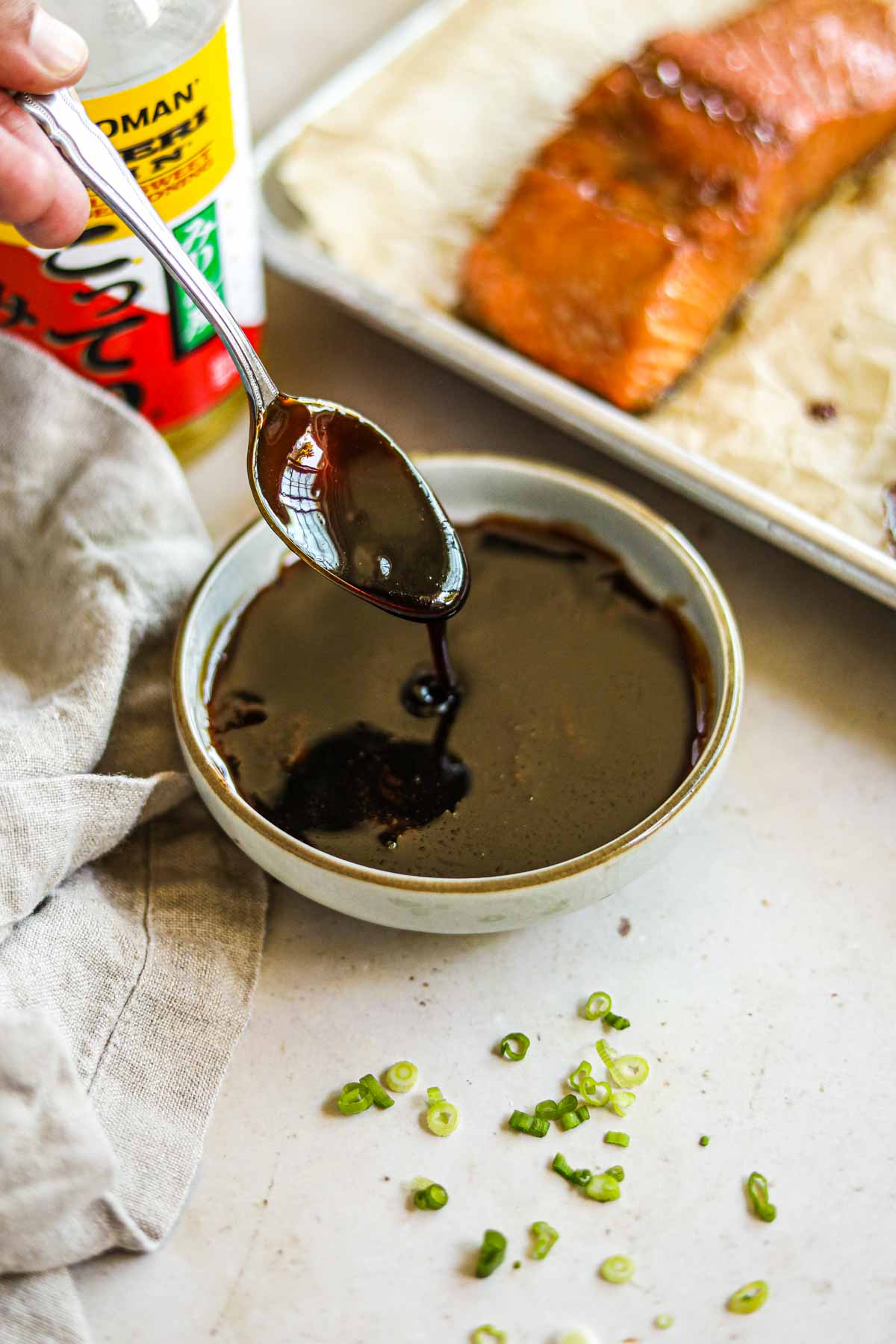
Teriyaki sauce can be made two ways: as a marinade and an authentic Japanese sauce. The marinade has a thinner consistency and is perfect for grilling and broiling; the glaze is a reduced sauce, which makes it thick and a perfect finishing touch for cooked protein and vegetables, like 10-Minute Sautéed Broccolini (Broccoletti)
Teriyaki sauce is an excellent way to level-up your weeknight dinners. It has a savory and sweet flavor with a sticky texture, and can be made gluten-free too. Try it the next time you make teriyaki salmon, teriyaki chicken, teriyaki tofu, Spam musubi, or stir fry.
Jump to:
- Why You'll Love This Teriyaki Sauce
- What is Teriyaki?
- What is the Difference Between Teriyaki Sauce and Teriyaki Marinade?
- Ingredients
- Substitutions
- Variations
- Instructions
- Marinade
- Glaze
- What to Serve with Teriyaki Sauce and Marinade
- Recipe FAQs
- Equipment
- Storage
- Cooking tips
- Related Recipes
- Did You Like This Recipe?
- 📖 Recipe
Why You'll Love This Teriyaki Sauce
- Taste - The combination of ingredients create a rich umami flavored sauce.
- Texture - The sauce is thick and sticky but still light.
- Effort - For the marinade, you just need to whisk the ingredients. For the glaze, you need to whisk and simmer.
- Time - It takes a couple minutes to whisk the marinade or 10 minutes to whisk the glaze while it simmers.
What is Teriyaki?
Teriyaki is a Japanese cooking method often used for meat and fish. This method usually includes brushing or dipping the meat in tasty sauce while it is broiled or grilled. Outside of Japan, most people only refer to teriyaki as the cooking sauce.
What is the Difference Between Teriyaki Sauce and Teriyaki Marinade?
Teriyaki sauce/glaze is used to quickly add flavor to protein while cooking. On the other hand, teriyaki marinade is a longer process where the protein is soaked in marinade before cooking. Depending on the protein, it will need to marinate for 20 minutes to overnight.
Ingredients
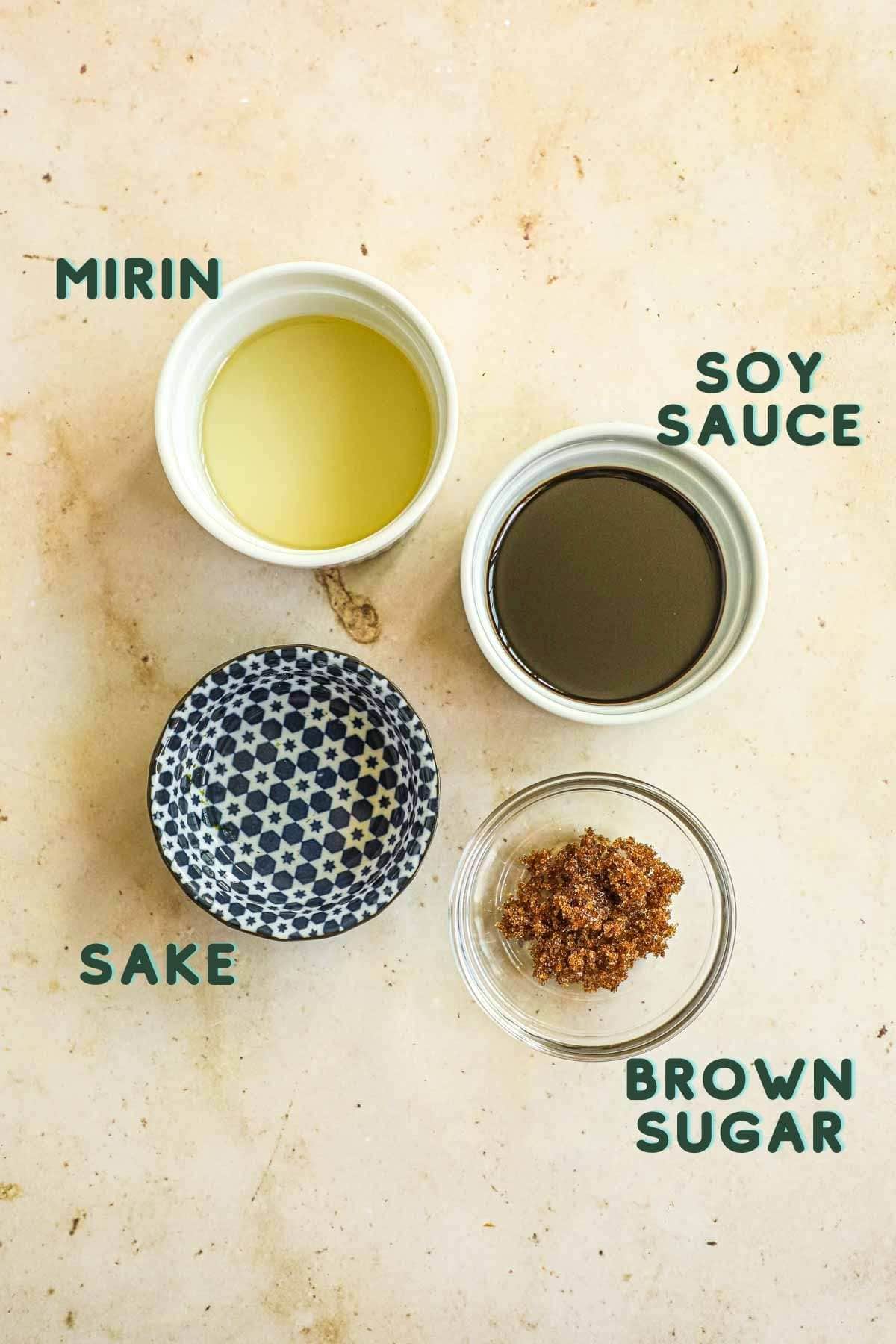
- Soy sauce - Soy sauce, or shoyu in Japanese, is an essential condiment in Japanese cooking and adds a rich umami flavor to the teriyaki sauce. We use low sodium shoyu because it is healthier without sacrificing flavor. Use any Japanese soy sauce, gluten-free soy sauce, or tamari.
- Mirin - Mirin is a Japanese sweet rice wine that adds umami flavor and is the base of many Japanese sauces.
- Sake - Sake adds savoriness to the teriyaki sauce.
- Dark brown sugar - Brown sugar provides rich sweetness and molasses flavor.
See recipe card for quantities.
Substitutions
- Store-bought teriyaki sauce - If you don't feel like making the sauce yourself, you can use store-bought teriyaki sauce. Although, this method is tastier and more economical.
- Gluten-free - Use tamari or gluten-free soy sauce instead of regular soy sauce to make this recipe gluten-free.
- Honey - Replace brown sugar with honey for a slightly healthier sauce.
- Light brown or granulated sugar - Use light brown sugar or standard granulated sugar if you prefer less molasses flavor.
- Low sodium soy sauce - Use low sodium shoyu for a healthier alternative.
Variations
While we don't recommend adding anything to the teriyaki sauce, the following ingredients compliment the sauce flavor:
- Spicy - Add red pepper flakes while cooking to imbue heat to the sauce.
- Sesame oil - Sesame oil will add a toasty flavor and nutty aroma while cooking.
- Garlic - Minced garlic adds a pungent aroma to the teriyaki dish.
- Green onion - Green onion will add a spicy and aromatic bite as garnish on the glaze.
- Fresh ginger - Add fresh grated ginger for a peppery and pungent flavor.
Instructions
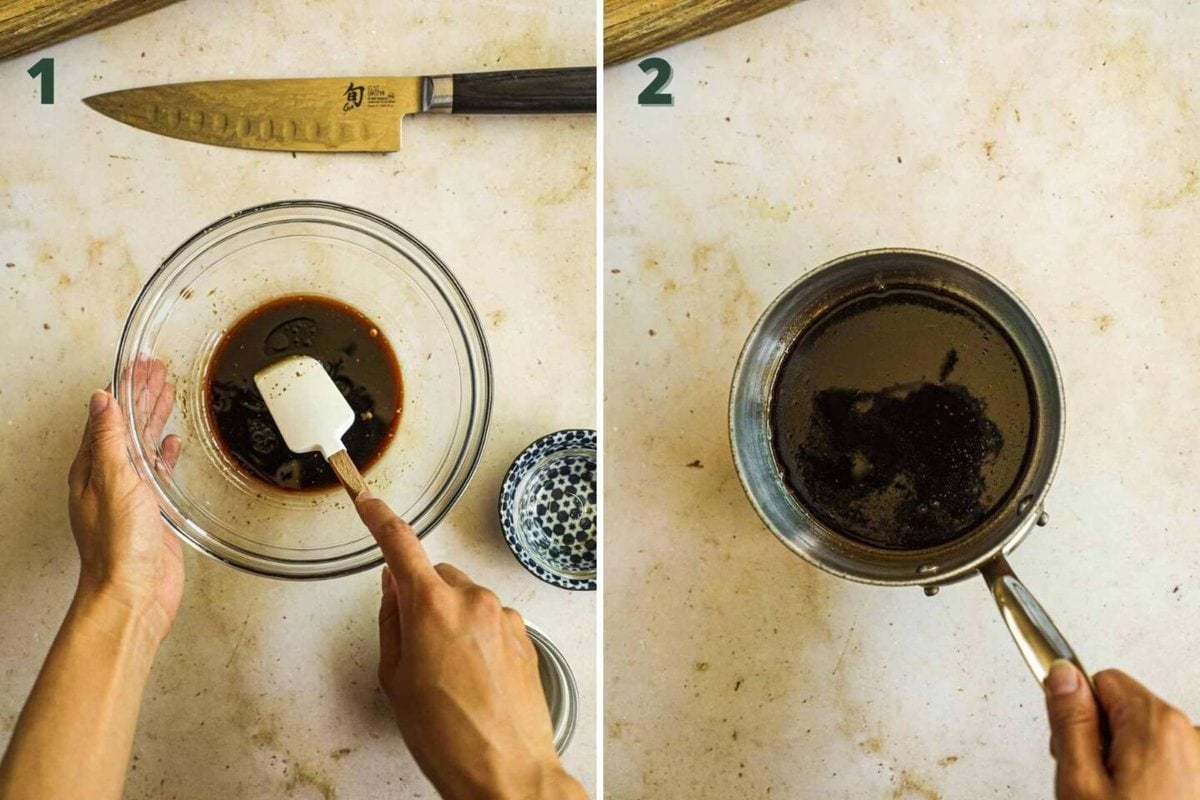
Marinade
- Add soy sauce, sake, mirin, and sugar in a bowl. Whisk until combined. Use as a marinade for beef, fish, chicken, tofu, and more.
Glaze
- Add soy sauce, sake, mirin, and sugar to a saucepan over medium heat. Whisk until combined. Heat the sauce on medium heat and bring to a quick boil, then lower to a simmer for 10 minutes, occasionally whisking. Remove from the heat and use as a glaze for vegetables, teriyaki chicken, fish, beef, tofu, and more. Just remember not to add until the last couple minutes or the sauce will burn.
Pro tip: If you bake your protein, marinade the protein beforehand instead of adding the sauce later while it bakes.
What to Serve with Teriyaki Sauce and Marinade
Homemade teriyaki sauce is a multifaceted sauce that tastes delicious with a wide variety of dishes. Our favorite recipes are teriyaki Spam musubi or chicken or salmon donburis. It is also delicious drizzled on vegetables or as veggie dipping sauce. If you are grilling, just use the sauce as a marinade!
Recipe FAQs
Teriyaki sauce is savory, sweet, and a little tangy.
Two great substitutes are unagi sauce and ponzu sauce. Unagi sauce has a thick syrupy texture just like teriyaki sauce, but is a little more savory. Ponzu sauce is rich like teriyaki, but more citrusy.
While we don't consider teriyaki sauce to be healthy, it is unhealthy either. Our homemade sauce is slightly healthier than other teriyaki sauces because we use low sodium shoyu. You can also make the sauce healthier by using honey instead of brown sugar.
Teriyaki sauce will thicken as it cooks and the sugar caramelizes. If you want to make it extra thick, you can add a little corn starch.
No, teriyaki sauce contains soy sauce, or shoyu, which has gluten. In order to make this recipe gluten-free, use tamari or gluten-free shoyu.
Equipment
This easy and simple teriyaki sauce recipe calls for just a few common kitchen essentials, including measuring spoons, a small saucepan, whisk or silicone baking spatula, and a jar or container for storage.
Storage
Store teriyaki sauce in the refrigerator in an air-tight container or lidded jar for up to 2 weeks. Before using it again, stir it softly until it reaches its original consistency. You can also freeze it for a few months. Just be sure to store it in the correct container (not a lidded glass jar, which can break in the freezer). When you are ready to enjoy it again, let it thaw.
Cooking tips
- To use teriyaki sauce as a sauce for meat or fish, drizzle the sauce on the meat while cooking. Be careful not to add the sauce too early or it will burn.
- The amount of time you need to marinate a protein will depend on what kind of protein it is. For fish and shrimp, we recommend marinating for 30 minutes while meat can marinate overnight. Tofu should marinate for at least 30 minutes.
Related Recipes
Did You Like This Recipe?
Love this teriyaki glaze and marinade recipe? Please leave a 5-star rating in the recipe card below & consider leaving a comment below. Thanks!
Sign up for THP's newsletter and keep in touch on Instagram, Facebook, Pinterest, TikTok, and YouTube. If you make this sauce, tag #theheirloompantry so we can see your homemade teriyaki sauce.
📖 Recipe
Homemade Teriyaki Sauce (Glaze and Marinade)
Equipment
Instructions
Marinade Instructions
- Add soy sauce, sake, mirin, and sugar in a bowl. Whisk until combined. Use as a marinade for beef, fish, chicken, tofu, and more.6 tablespoon soy sauce, 8 tablespoon sake, 8 tablespoon mirin, 4 tablespoon brown sugar
Glaze Instructions
- Add soy sauce, sake, mirin, and sugar to a saucepan over medium heat. Whisk until combined. Heat the sauce on medium heat and bring to a quick boil, then lower to a simmer for 10 minutes, occasionally whisking. Remove from the heat and use as a glaze for vegetables, teriyaki beef, fish, chicken, tofu, and more.6 tablespoon soy sauce, 8 tablespoon sake, 8 tablespoon mirin, 4 tablespoon brown sugar
Notes
- To use teriyaki sauce as a glaze for meat or fish, drizzle the sauce on the meat while cooking. Be careful not to add the sauce early or it will burn.
- The amount of time you need to marinate a protein will depend on what kind of protein it is. For fish and shrimp, we recommend marinating for 30 minutes while meat can marinate overnight. Tofu should marinate for at least 30 minutes.
- You can replace brown sugar with granulated sugar.
- To make the recipe gluten-free, use gluten-free soy sauce or tamari.


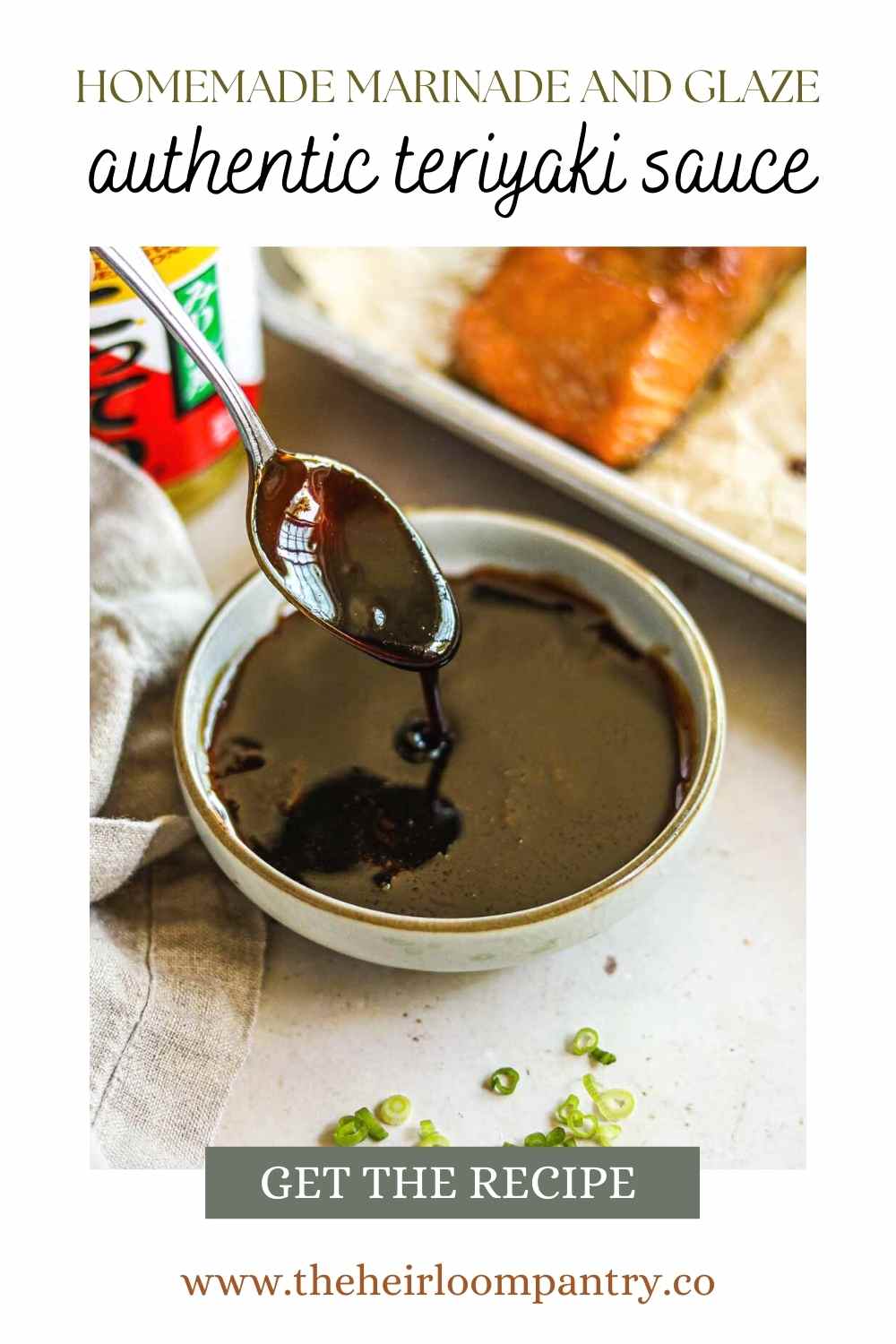
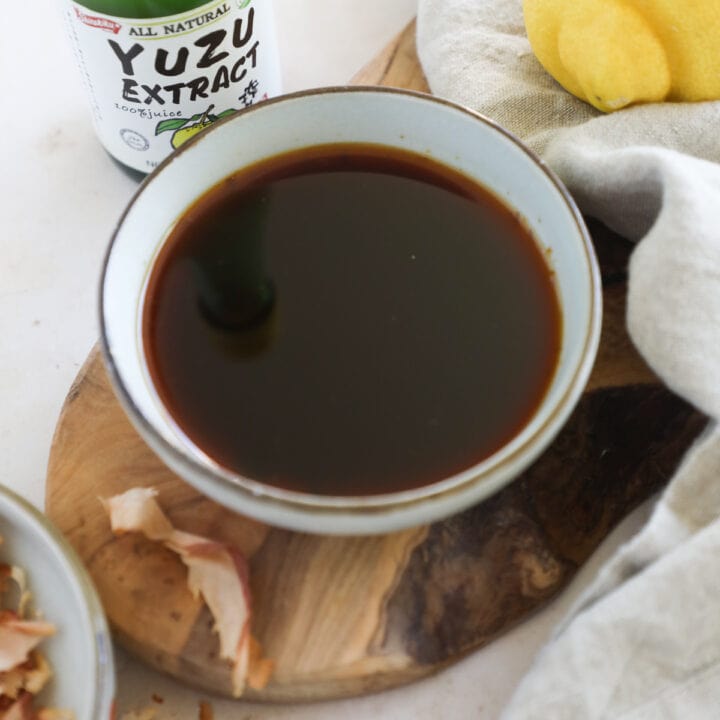
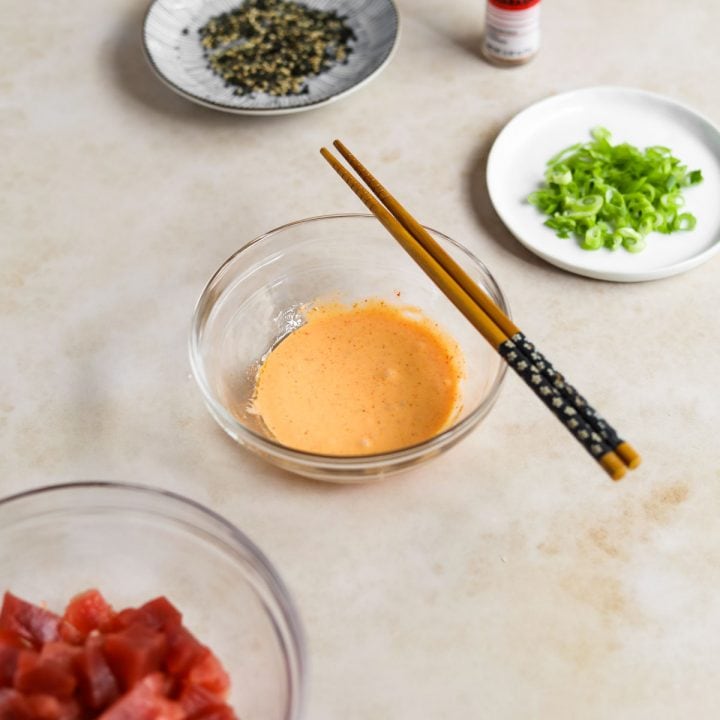
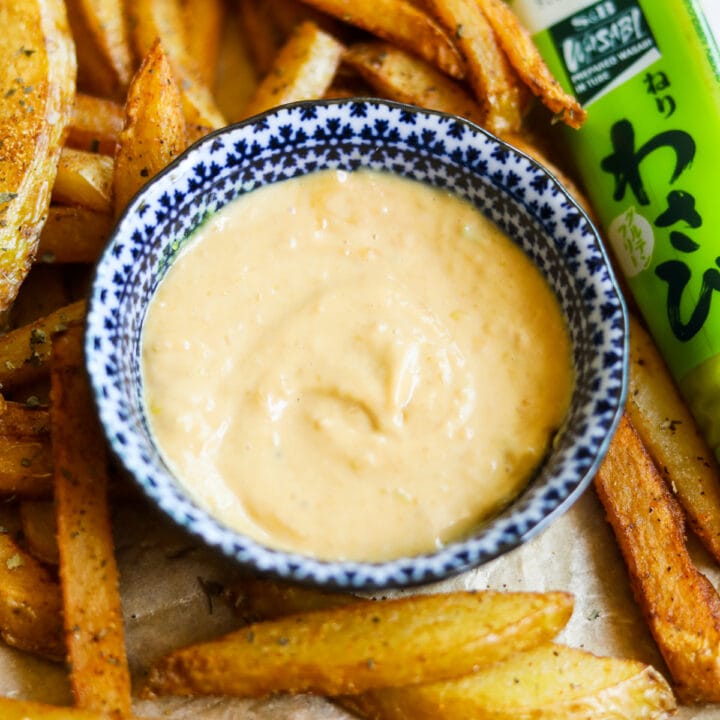
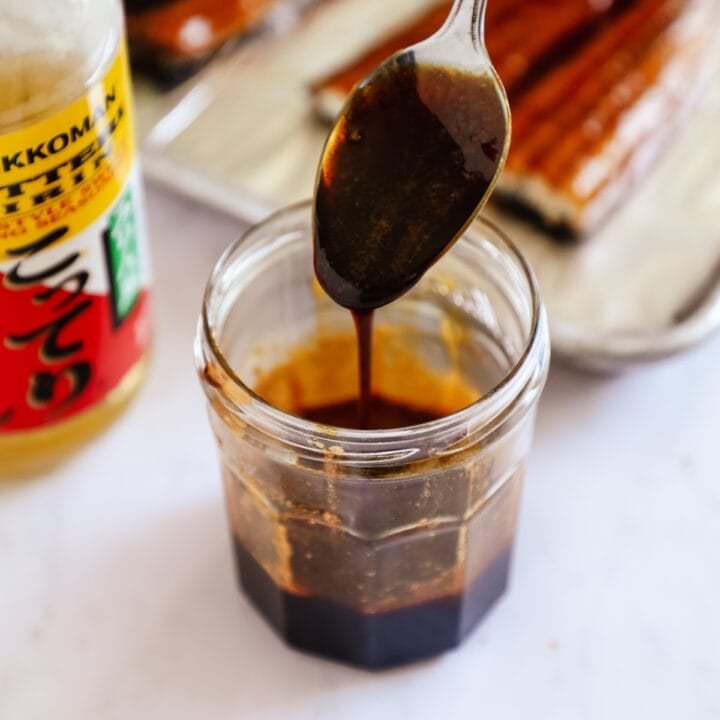

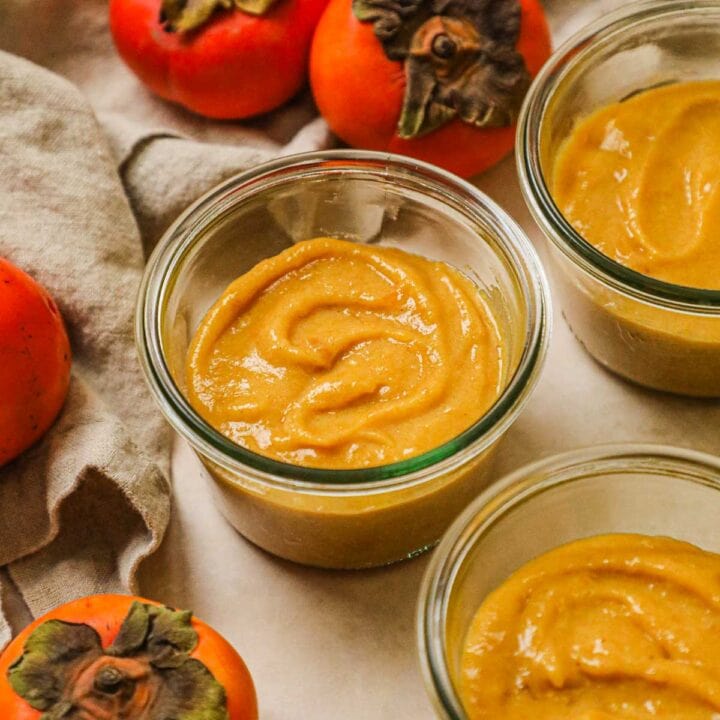
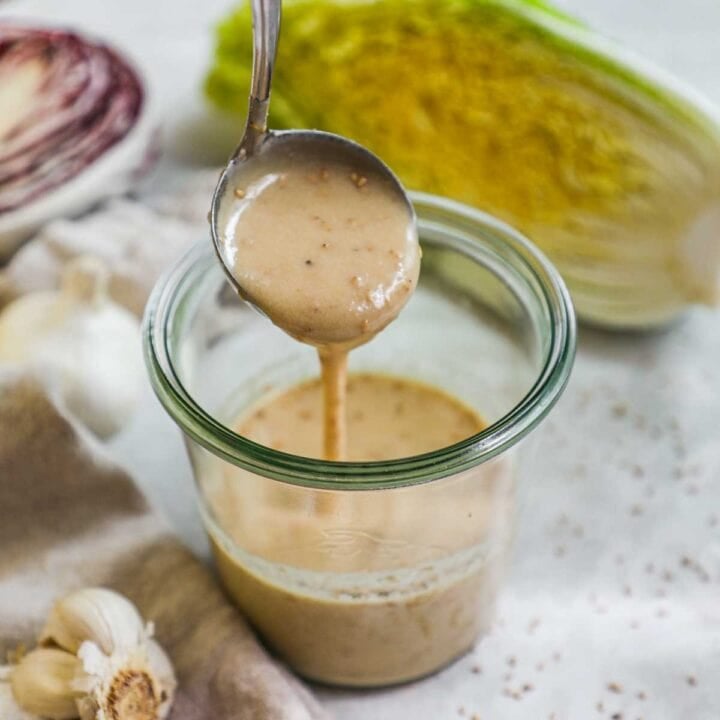
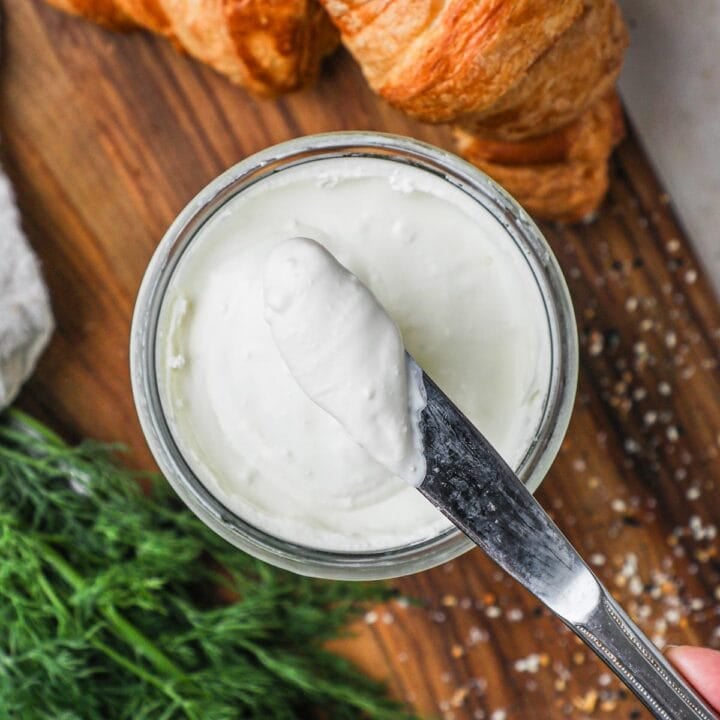
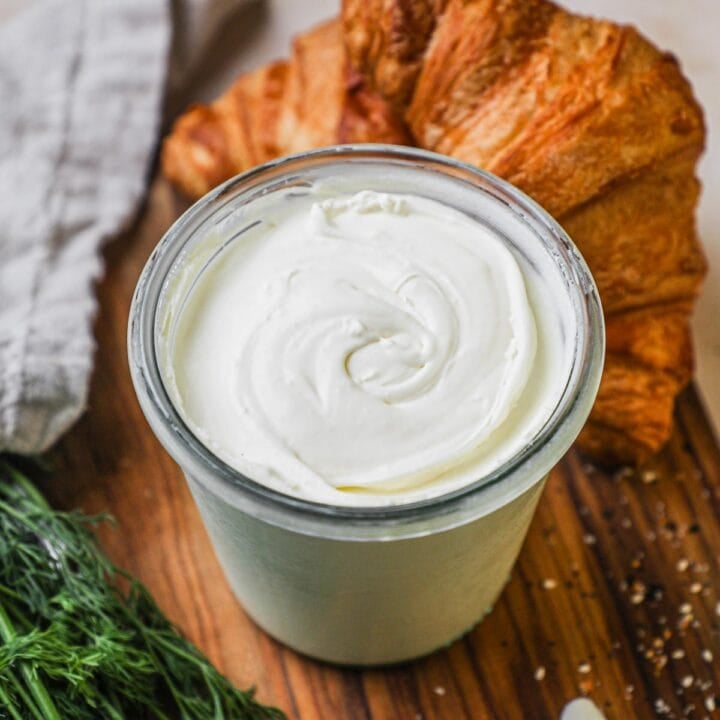
Leave a Reply